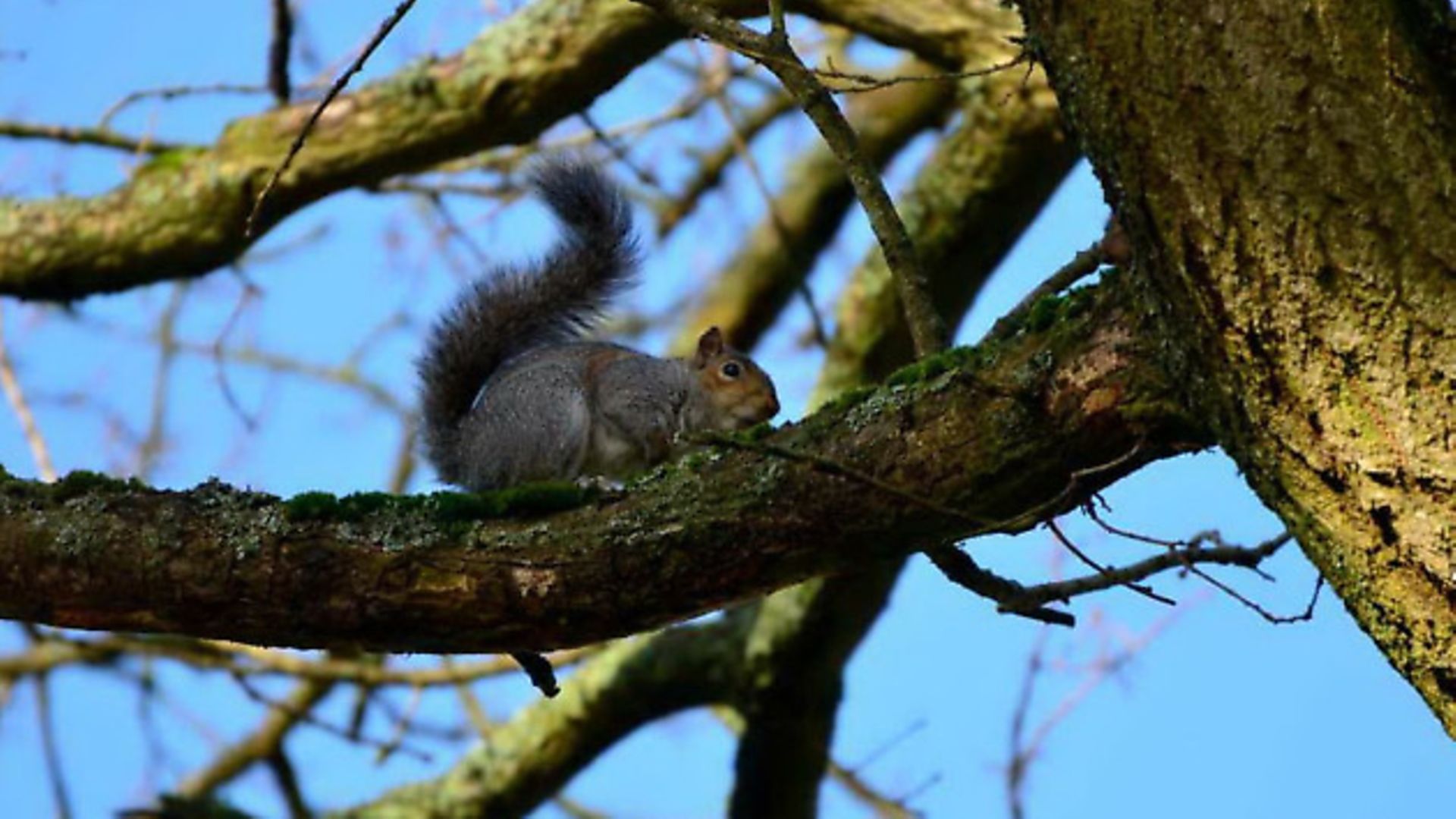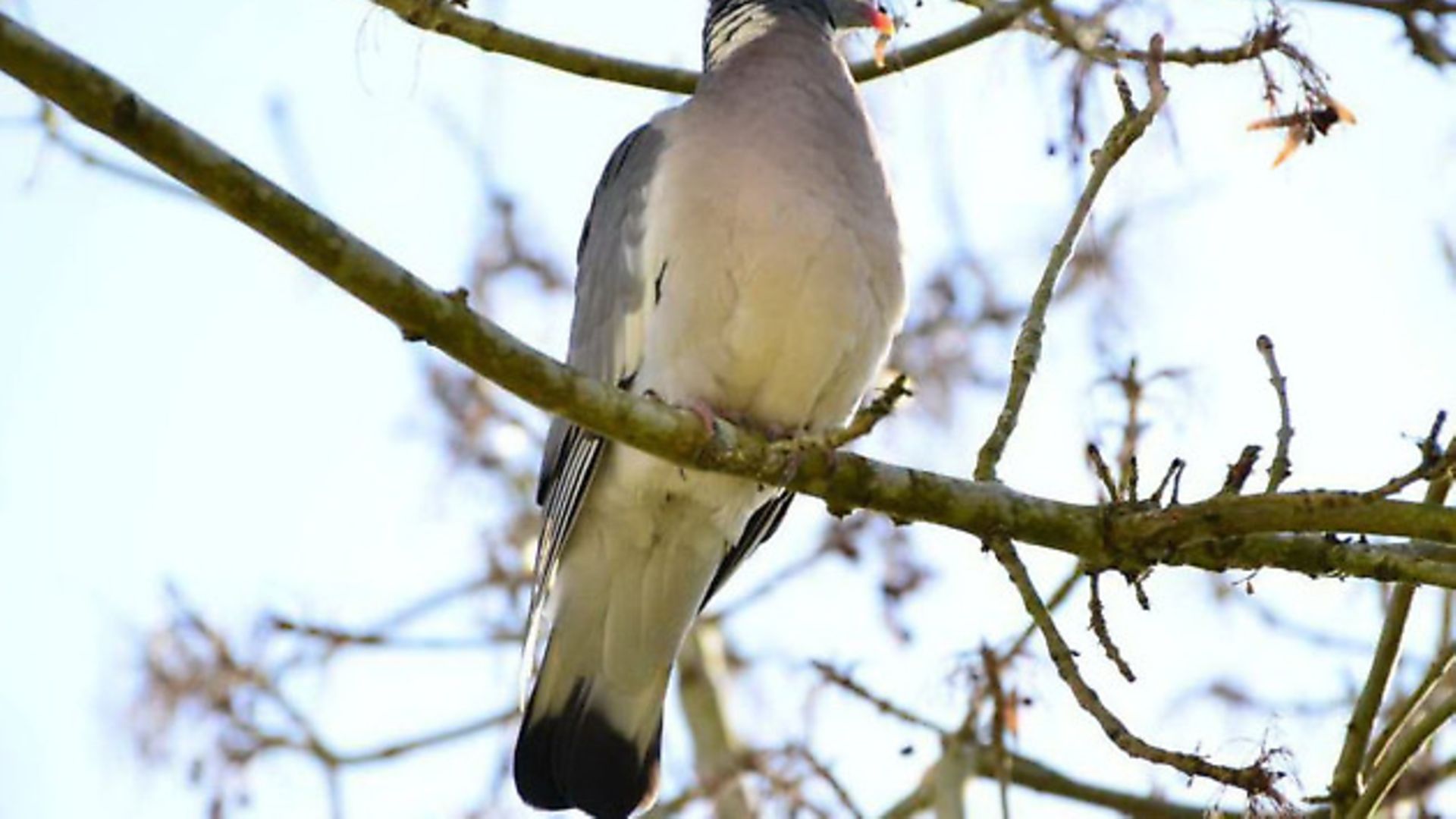Phill Price gets something off his chest
 credit: Archant
credit: Archant
I recently got an email from a reader who told me that his FX rifle was making 11.4 ft.lbs. firing .22 Air Arms Field pellets, yet he was unable to kill pigeons with head shots. My immediate reaction was that he had an accuracy problem which could be caused by many things, so I asked him to test the rifle at the range to ensure that he could land every pellet in a group you could cover with a pound coin. What’s more, this needed to be at the maximum range he wanted to hunt at.
This is a difficult task if you consider 30 to 35 yards to be a reasonable hunting distance. Sure, some people will claim to reach much further with perfect consistency and perhaps some of them can, but in the real world of wind, range judgement and pressure, it’s a tough challenge.
My correspondent sent back a rather curt reply saying that he’d been a Cadet Marksman and was bloody good at judging range. I told him that in that case I couldn’t help. A gun making close to the legal limit will drive a pellet clean through the tiny skull of a pigeon and effect a clean kill every time, but a poorly placed shot might only clip off a few feathers or worse still cause a non-fatal wound.
 credit: Archant
credit: Archant
I can’t tell you the number of times I’ve heard people blame their rifle, scope or pellet for their lack of success in the field, so the first thing to do is to check their performance at the range before ever pulling the trigger on another living thing. If the combination is capable of achieving the required accuracy, we move on to the chronograph. Anything above 10 ft.lbs. will be effective when used correctly, so don’t worry about the odd bit of muzzle energy as long as the rifle is accurate.
In my experience, the real cause of failure to kill cleanly is down to the shooter, in two ways. The first is that few people are as good as they think they are. The way to get right down to what you’re really capable of is to shoot paper targets. Draw 20mm dots onto target cards and place them downrange at 10-yard intervals and then shoot them standing, sitting, and prone to see just where your pellets land. The distance at which you can keep every pellet in the black is your maximum hunting range. Don’t cheat, because you’re only deceiving yourself. Be strict and honest and you’ll learn a lot.
If you shoot best prone off a bipod, you might well be able to reach further than the kneeling position, and certainly better then standing and shooting off hand, and through this you’ve learned something else. However, remember that prone shooting only works in a limited number of situations when the quarry is on the ground and the vegetation is low, such as shooting rabbits on well grazed pasture.
 credit: Archant
credit: Archant
Next we come to the thorny subject of kill zones. A simple rule we can all follow is that head shots are best for airguns. Any pellet passing through the brain of our quarry will cause instant death no matter if it’s .177, .22, roundhead, pointed, hollow point or wadcutter. This applies to rabbits, squirrels, rats, and all the birds we hunt. There’s no question that this is right, so please don’t listen to those who tell you differently.
It’s true that you might get a clean kill with a body shot, but ‘might’ isn’t good enough. We need to do our very best to achieve a clean kill each and every time we take a hunting shot, so the method that gives the greatest likelihood of success is the only one we can consider.
 credit: Archant
credit: Archant
Going back to my correspondent, I’ll have to guess what his problem was. Firstly, was he really as accurate as he believed? We’ll never know. Was his rifle zeroed correctly? Very few people’s guns are, and finally how good was he at judging range? I’ve been trying to master it for about 35 years and I’ve achieved not-too-bad status, but I’m still a long way from perfect. That’s why I used laser rangefinding wherever I can. He’d also chosen a .22 rifle that has a more curved trajectory than a .177, making any ranging error more costly. He contended that he was able to see his pellets hitting the birds’ heads yet they flew away strongly, so my suspicion is that he merely grazed them, shaving off some feathers. Had the pellet landed in the brain, no bird known to man would have survived, so the answer is clear. Precision placement is everything.